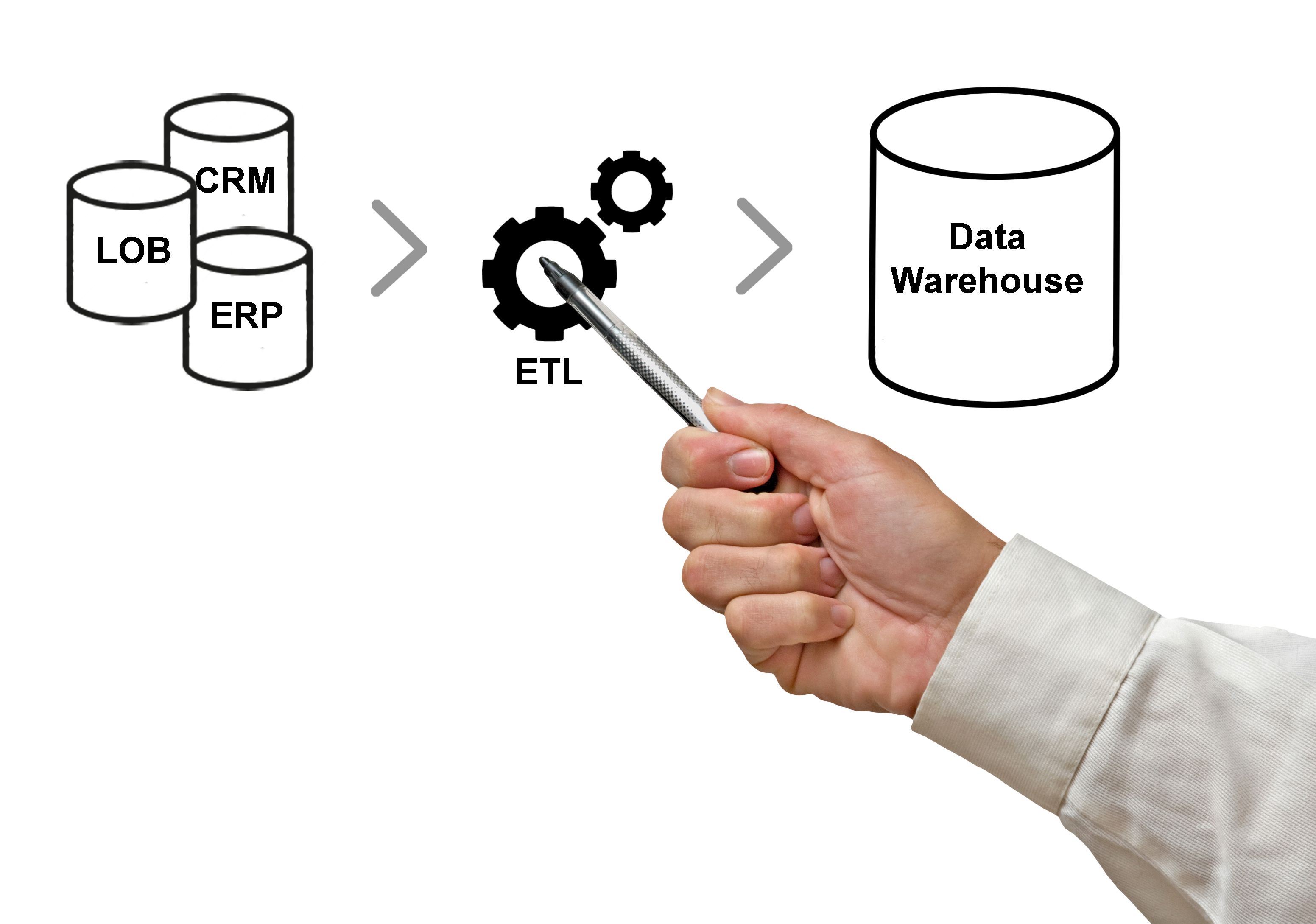Streamlining Data Processes with AI and ETL: Automating Schema Mapping and Data Cleaning
Revolutionizing Data Management with AI and ETL
In the age of big data, organizations are inundated with vast amounts of information. Managing this data efficiently is crucial for driving insights and making informed decisions. Enter AI and ETL (Extract, Transform, Load) processes, which are transforming how businesses handle data. By automating schema mapping and data cleaning, these technologies streamline data processes, enhancing accuracy and efficiency.

The Role of AI in Schema Mapping
Schema mapping is a critical component of data integration. It involves aligning different data sources to ensure consistency and compatibility. Traditionally, this task required extensive manual effort and expertise. However, with AI, schema mapping becomes significantly more efficient. AI algorithms can automatically detect patterns and relationships between disparate data sets, allowing for seamless integration and reducing the potential for human error.
AI-driven schema mapping not only accelerates data integration but also enhances its accuracy. By continuously learning from data inputs, AI systems can adapt to changes in data structures, ensuring that integration efforts remain up-to-date and relevant. This adaptability is essential in a rapidly evolving data landscape where new sources and types of data are constantly emerging.

Automating Data Cleaning with ETL
Data cleaning is another area where AI and ETL processes shine. Cleaning involves removing inaccuracies and inconsistencies from data sets, which is a time-consuming task if done manually. ETL tools equipped with AI capabilities can automate this process, identifying and rectifying errors with precision.
AI-powered ETL solutions can recognize anomalies and standardize data formats across various sources. This ensures that the data is reliable and ready for analysis without the need for extensive human intervention. As a result, organizations can save time and resources while maintaining high-quality data standards.

Benefits of Automating Data Processes
The benefits of automating schema mapping and data cleaning are numerous. Organizations can experience improved data accuracy, resulting in better decision-making capabilities. Automation also leads to faster data processing times, allowing businesses to respond swiftly to market changes.
- Increased Efficiency: Automation reduces the manual workload on data teams, freeing them to focus on more strategic tasks.
- Cost Savings: By minimizing human intervention, organizations can reduce labor costs associated with data management.
- Scalability: Automated processes can handle growing volumes of data without compromising performance.
Implementing AI-Driven ETL Solutions
For organizations looking to implement AI-driven ETL solutions, it's essential to choose the right tools that align with their specific needs. Factors to consider include the complexity of data sources, the level of customization required, and integration with existing systems.
Working with experienced vendors who specialize in AI and ETL can also be beneficial. These experts can provide guidance on best practices, ensuring a smooth transition to automated processes. By leveraging their expertise, companies can maximize the potential of AI in their data operations.

The Future of Data Management
The integration of AI into ETL processes marks a significant shift in how businesses manage their data. As these technologies continue to evolve, we can expect even more sophisticated solutions that further streamline data processes. The future holds exciting possibilities for enhanced data management capabilities, driving innovation across industries.
By embracing AI-driven automation in schema mapping and data cleaning, organizations position themselves at the forefront of this transformation. With improved efficiency and accuracy, they are better equipped to navigate the complexities of the modern data landscape.
